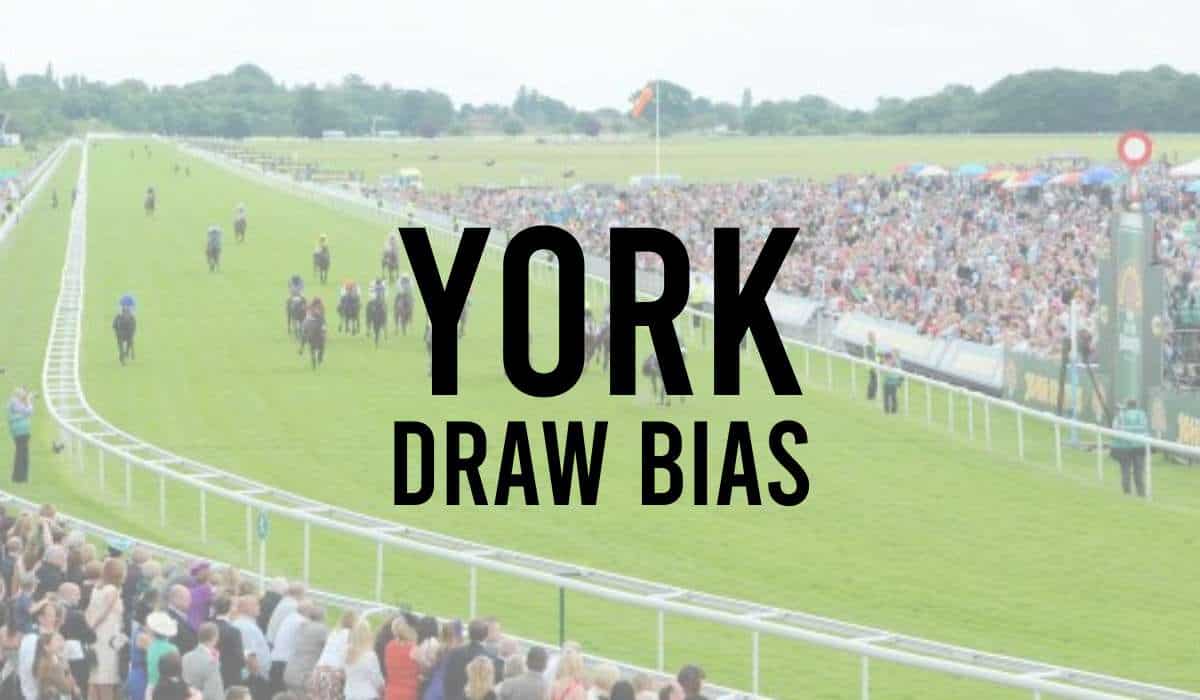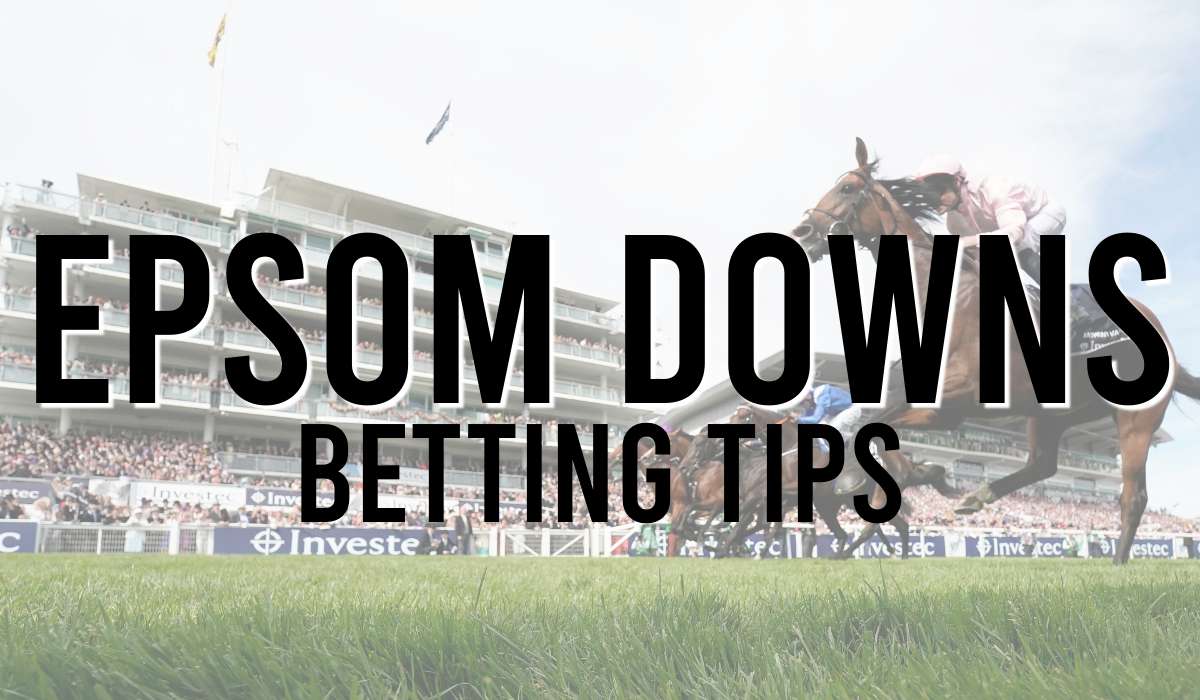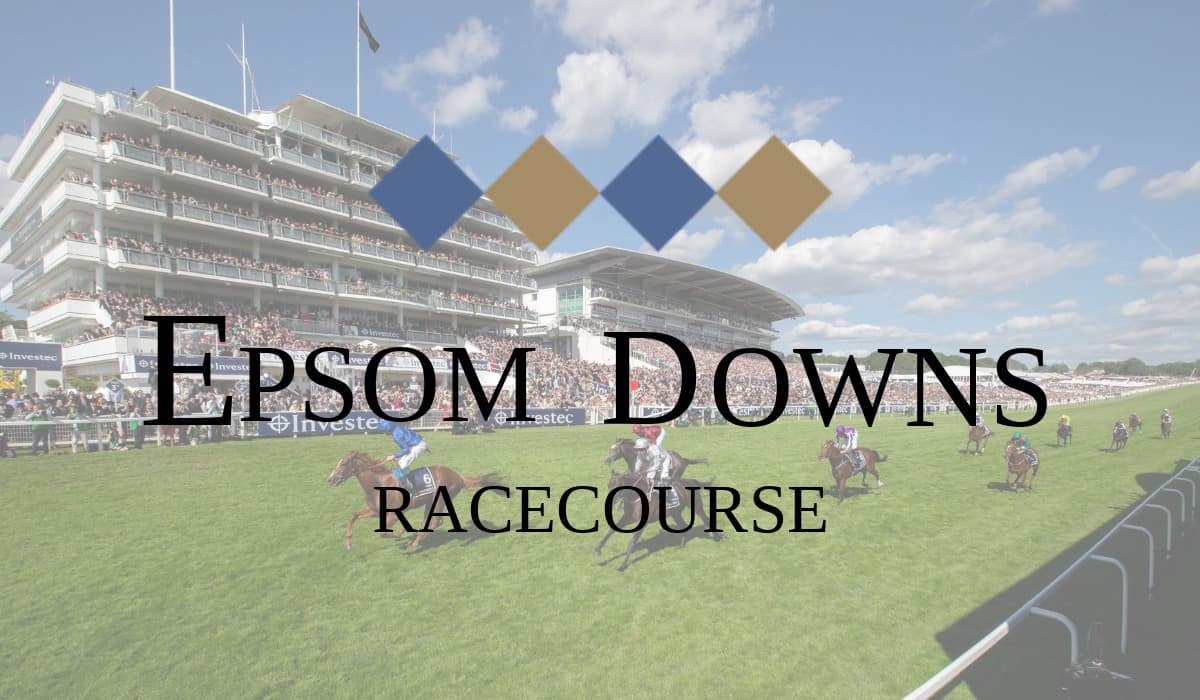Many horse racing punters research the Epsom Racecourse Draw Bias, which can change depending on the ground conditions.
The 2024 Epsom Derby Festival event is in June and with faster ground conditions on a left-handed track it usually favours horses drawn low in the stalls.
The horse racing draws are perhaps the most overlooked factor in horse racing statistics in April 2024.
The Epsom Racecourse draw bias refers to whether or not a racehorse running at Epsom has an advantage or disadvantage following the stall they have been drawn in.
Our horse racing tipsters can be influenced by the draw of the horse when selecting their best chances of a winner at Epsom Races.
In our Epsom Draw Guide, we will explain everything you need to know about the stalls and potential draw advantages for horses running at Epsom today.
Is there a draw bias at Epsom Racecourse?
There is a draw bias at Epsom Racecourse. In races run over a mile and beyond, horses drawn low on the inside rail have a significant advantage.
In contrast, in sprint races, there is a significant bias towards high-drawn horses, especially when the ground is soft. This is because the high-drawn runners can take advantage of the better ground on the stands side of the course.
In terms of individual distances, Epsom ranks as follows:
- 5 Furlongs: 17th out of 31 courses for front runners
- 6 Furlongs: 19th out of 27 courses for front runners
- 7 Furlongs: 25th out of 31 courses for front runners
- 1 Mile: 4th out of 25 courses for low-drawn horses
Overall, it can be said that there is a significant draw bias at Epsom Racecourse, with the location of the starting stalls playing a crucial role in determining the outcome of races.
What is the Draw Bias at Epsom 5 Furlongs?
There is limited data available for five-furlong handicaps run on the course at Epsom, but the stats indicate a slight draw bias towards being drawn high, especially in larger fields.
The five-furlong race at Epsom is unique as it is one of the fastest five-furlong races in the world due to the steep hill they run down for almost the entire distance.
The high draw bias could be attributed to the fact that horses drawn high can take advantage of the quicker ground towards the stand side of the course.
However, with the limited data available, it is difficult to draw any definitive conclusions about the draw bias at Epsom’s five-furlong course.
What is the Draw Bias at Epsom 6 Furlongs?
The six furlongs at Epsom are run around a left-handed bend so there is a draw bias towards being drawn low.
The 6f start is on a chute and the turn is nowhere near as severe as the 7-furlong races.
The stats indicate that being drawn low is somewhat advantageous compared to being drawn high.
Horses that are drawn low have an advantage but the draw bias is not significant enough to affect the overall outcome of races.
What is the Draw Bias at Epsom 7 Furlongs?
The seven-furlong races at Epsom are run on a tight left-handed bend, which seems to favour the horses drawn on the inside.
However, horses drawn in the highest two stalls have also won a significant number of races, which could be due to the stand side rail being the best place to be at times.
Thus, being drawn outside and able to tack across to the stand side rail can be an advantage. It is important to observe the bias at a particular meeting to determine if that stand side bias is present.
What is the Draw Bias at Epsom 1 Mile?
At Epsom, there doesn’t appear to be any draw bias over one mile.
The course is relatively fair with an even spread of winners across all stalls.
It suggests that a horse’s performance over this distance is more reliant on their ability and form than the position they are drawn in.
What is the draw bias for the Epsom Derby?
There is a slight stall bias in the 1 mile and 4 furlongs Epsom Derby race because of the layout of the racecourse to horses drawn low.
With 16 runners and riders in the Derby each year there is enough time for horses to get cover and still win from an unfavoured draw.
The most successful stall is 10 in the big iconic race, with 10 winners from stall ten.
Does The Stall Draw Affect Chances Of Winning In Flat Races at Epsom?
The chances of a horse winning can hugely be affected by the stall number at Epsom Races.
The best horse racing tipping services will adjust their judgements of horses with the best chances after the stall numbers are released in the Epsom racecards.
Here is some important information on the tips, results and runners for horses running at Epsom.
Epsom Pace Bias Statistics
Epsom Racecourse has a unique 5-furlong course that is downhill all the way and is considered one of the fastest 5-furlong courses in the world.
It is incredibly challenging to lead from start to finish on this course, and it is similar to Goodwood’s 5-furlong course.
On the other hand, for the other distances, races take place around a bend, and certain areas of the course can be more advantageous than others.
As a result, being in the lead can provide jockeys with an advantage in determining where to race on the course. This may explain why front runners are preferred for these distances.
Epsom’s ranking against other turf courses with equivalent distances is shown below for each individual distance.
Epsom is ranked 22nd out of 31 courses for front runners over 5 furlongs, 8th out of 29 courses for 6 furlongs, 3rd out of 24 courses for 7 furlongs, and 15th out of 30 courses for 8 furlongs.
These statistics demonstrate that Epsom has a higher preference for front runners over longer distances, with the 7-furlong race being the most favourable for front runners.
Key Facts About Epsom Draw Bias
Here are some important facts about the draw bias at Epsom Racecourse:
- Epsom is a racecourse located in Surrey, England, known for its unique draw bias.
- The draw bias at Epsom refers to the perceived advantage or disadvantage of horses depending on their starting stall position.
- Historically, there has been a notable bias at Epsom favouring horses drawn low (closer to the inside rail) over those drawn high (closer to the outside rail).
- The bias is believed to be primarily due to the layout of the track, which features a camber that can make it harder for horses drawn wide to navigate the turns effectively.
- The Epsom Derby, one of the most prestigious flat races in the world, has witnessed the influence of the draw bias over the years.
- Trainers and jockeys often analyse the draw and adjust their strategies accordingly to take advantage of or counteract the bias.
- The Epsom draw bias can sometimes lead to tactical challenges and affect the outcome of races, making it a crucial factor for bettors and racing enthusiasts to consider.
- While the draw bias has been a significant factor historically, it is important to note that track conditions, weather, and other variables can also impact race outcomes.
- The track management at Epsom has made efforts to minimise the draw bias by adjusting the starting positions and making track improvements over time.
- Despite ongoing efforts, the draw bias at Epsom continues to be a subject of discussion and analysis within the horse racing community.
Summary
Epsom, an illustrious racecourse in Surrey, England, is renowned for its unique and significant draw bias.
The draw bias at Epsom refers to the perceived advantage or disadvantage of horses based on their starting stall position.
Historically, a noticeable bias has favoured horses drawn low (closer to the inside rail) over those drawn high (closer to the outside rail) at Epsom.
This bias is primarily attributed to the track’s layout, featuring a challenging camber that hampers horses drawn wide. Trainers and jockeys meticulously analyse the draw and adjust strategies to capitalise on or counteract the bias.
The Epsom Derby, one of the world’s most prestigious flat races, has witnessed the influential impact of the draw bias.
It remains a subject of ongoing discussion and analysis, making it a crucial factor for bettors and racing enthusiasts to consider.
The data and stats are updated in real-time from our Epsom Horse Racing Results for the information shared on the draw bias.
With the draw bias mainly affecting the sprint races then punters are quickly on the lookout for the big ante posts races, as the draws are released.
Ground conditions, weather, and handicapping blots can affect the draw bias statistics. So at times, it is strongly advised to check the earlier races of the day to see if the draw bias on the current ground has changed.
Related Draw Bias Posts
Find all the draw bias information articles.
- Ascot Draw Bias
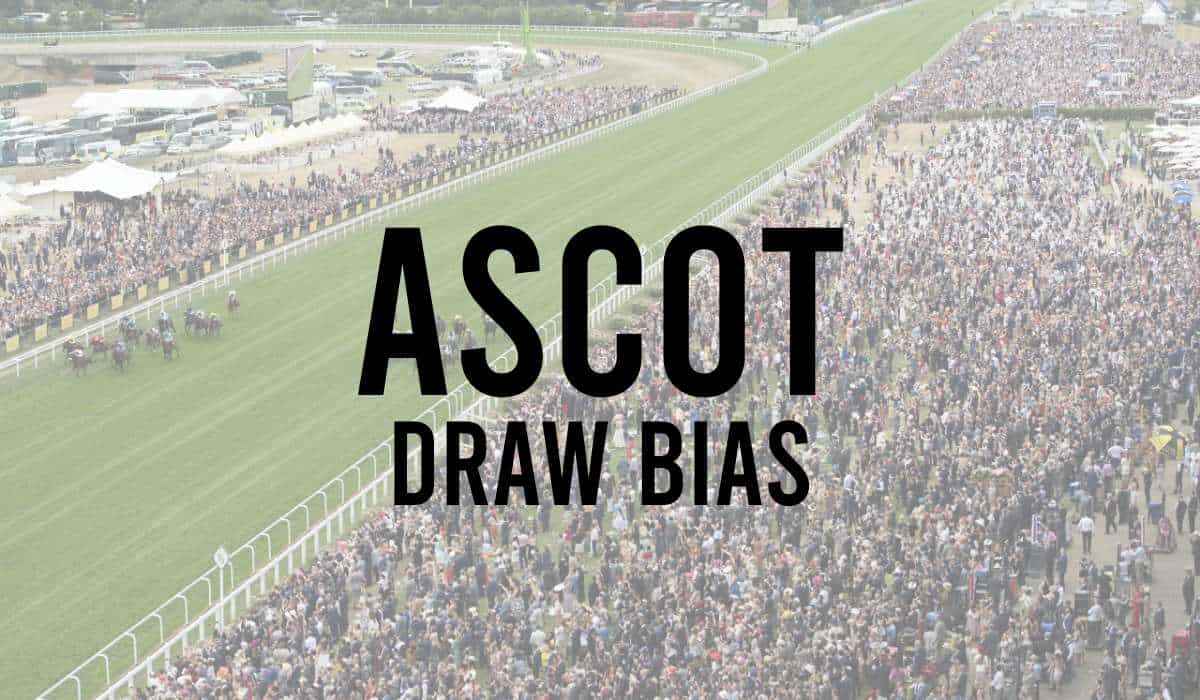
- Bath Draw Bias
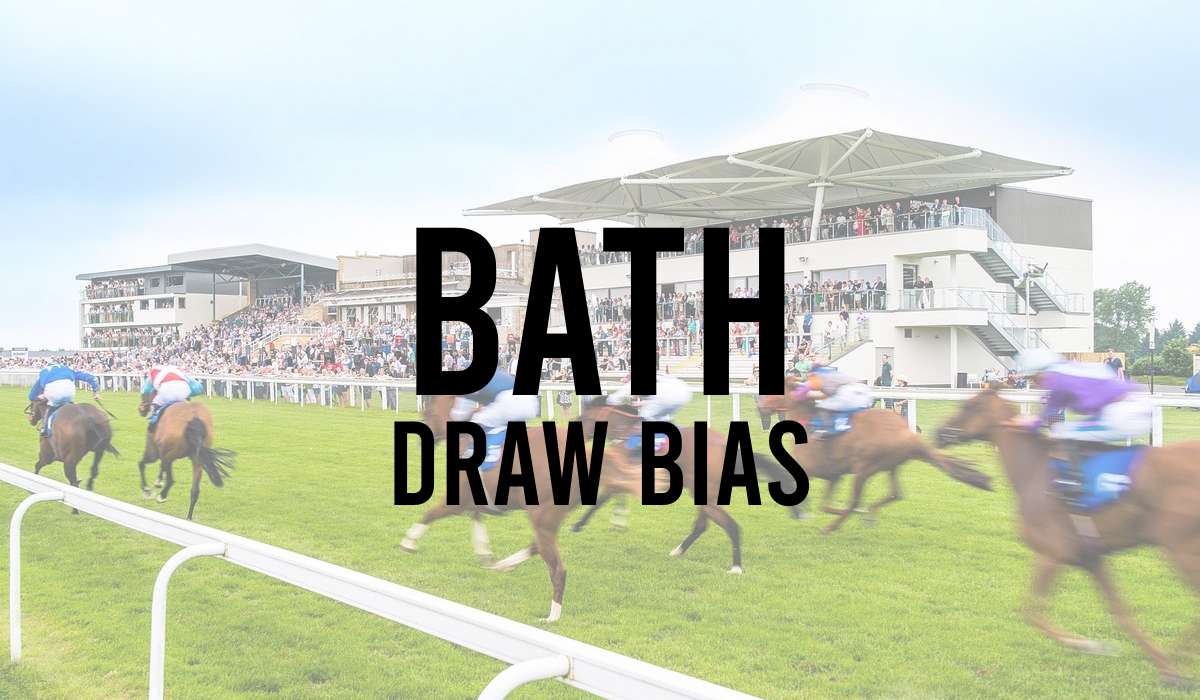
- Beverley Draw Bias
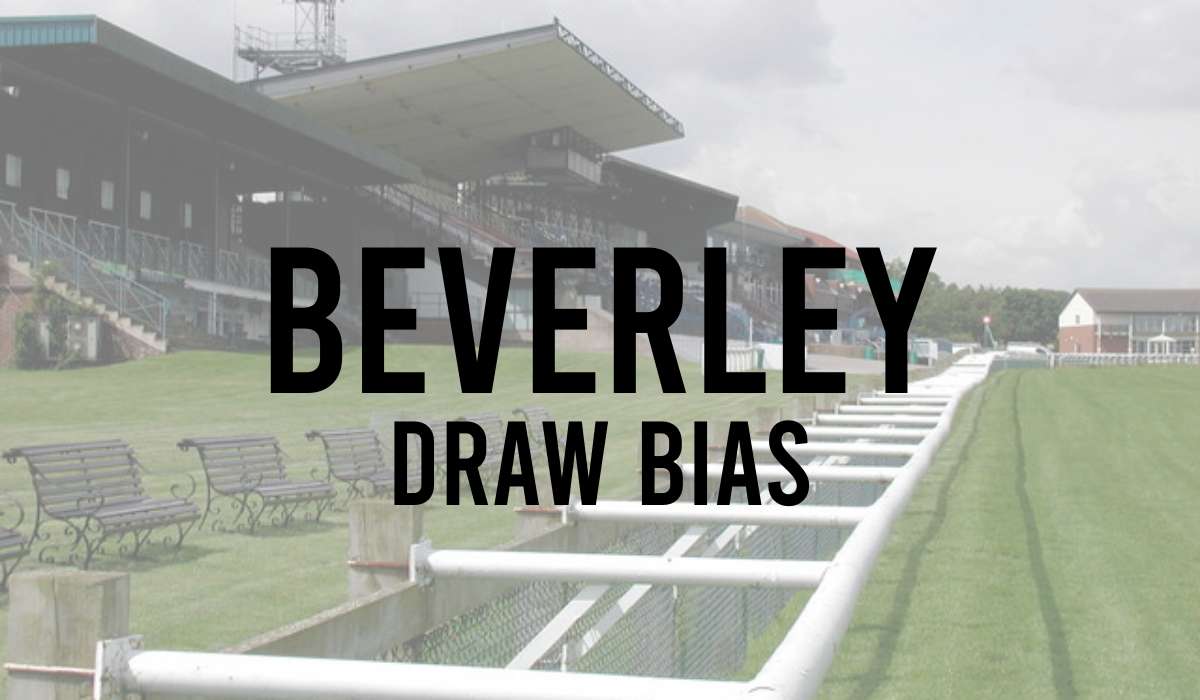
- Brighton Draw Bias
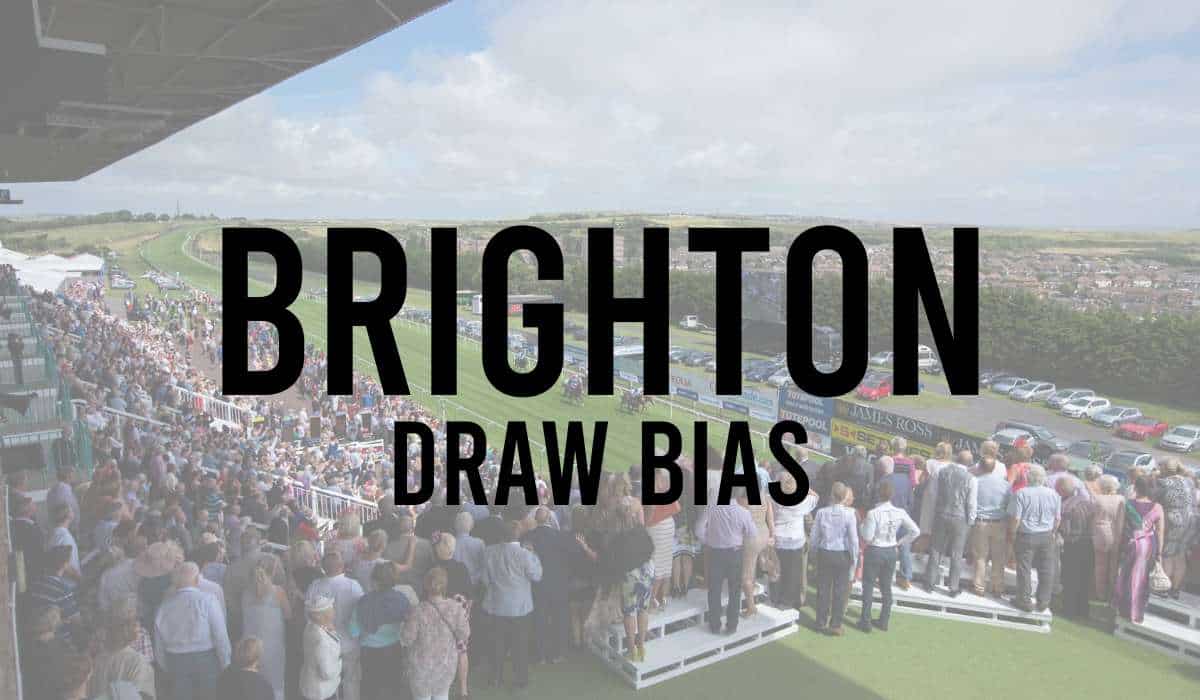
- Catterick Draw Bias
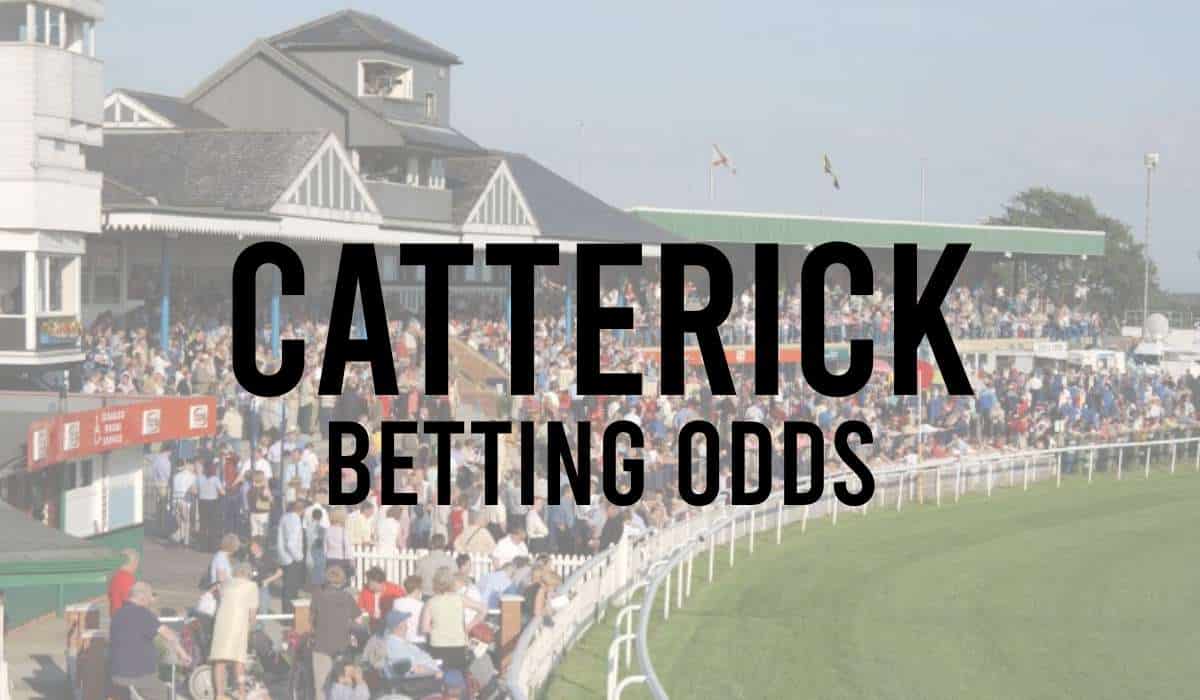
- Chelmsford Draw Bias
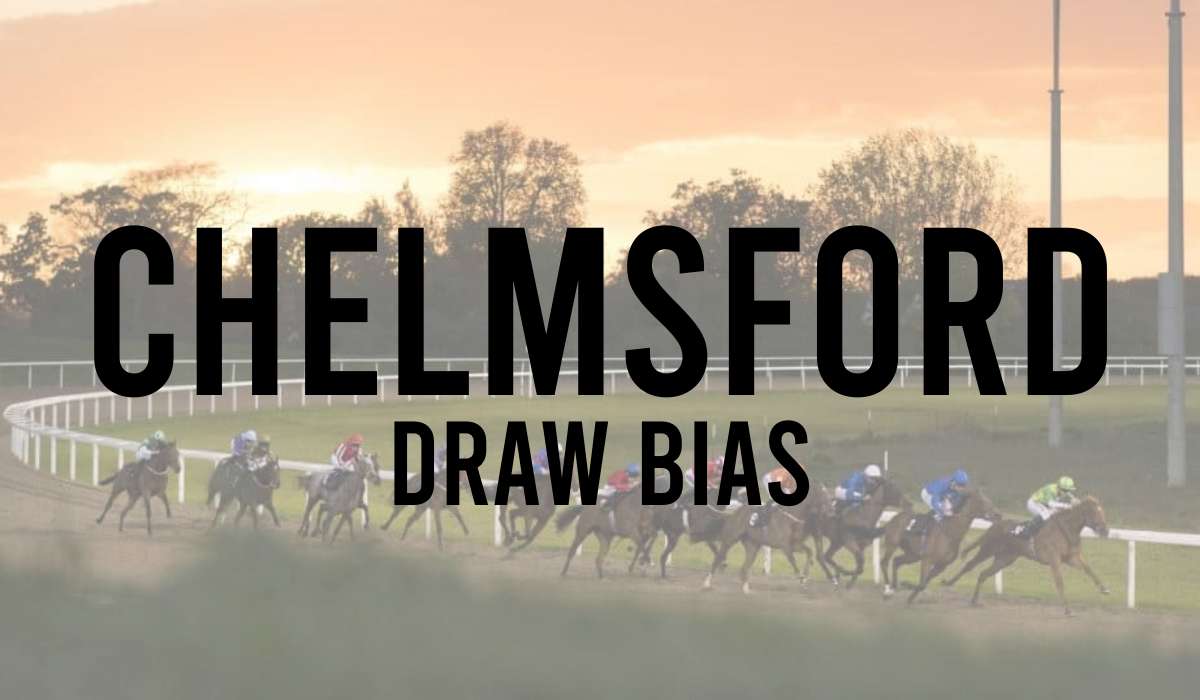
- Chester Draw Bias
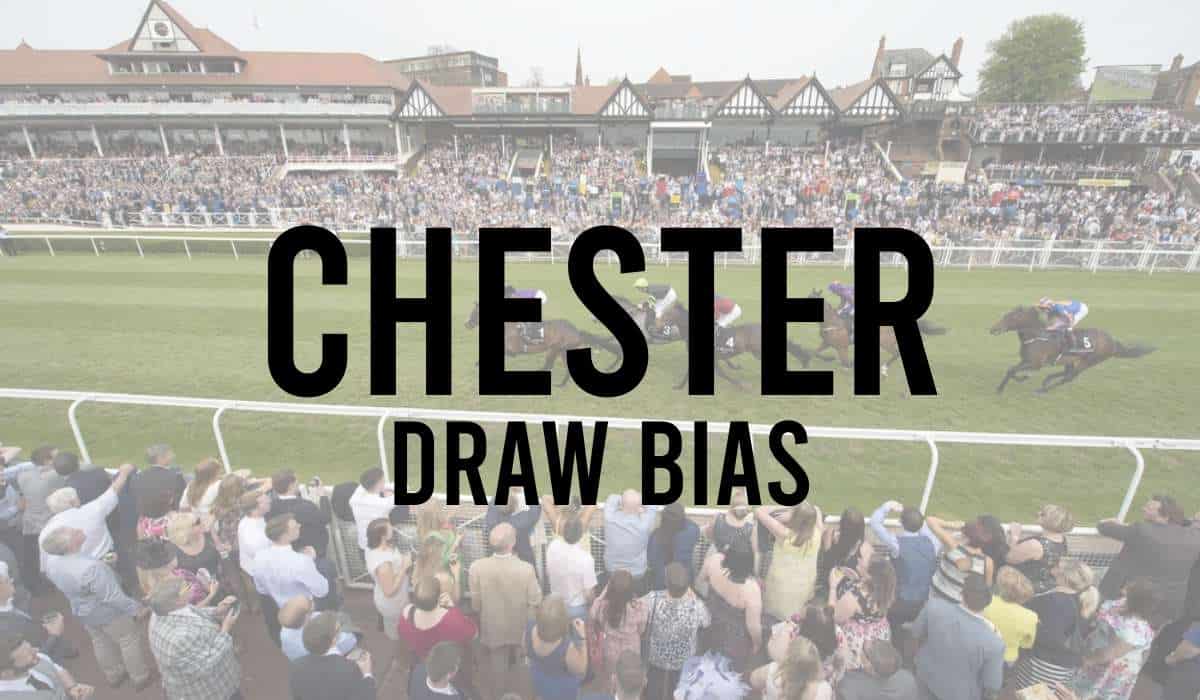
- Cork Draw Bias
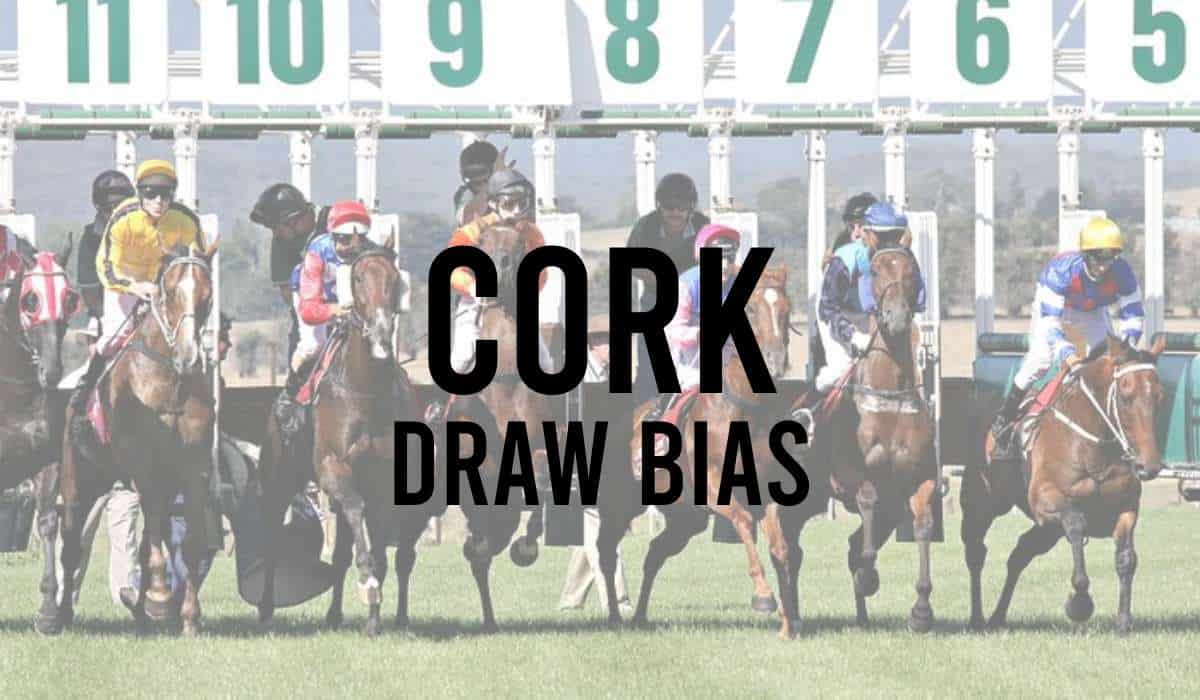
- Doncaster Draw Bias
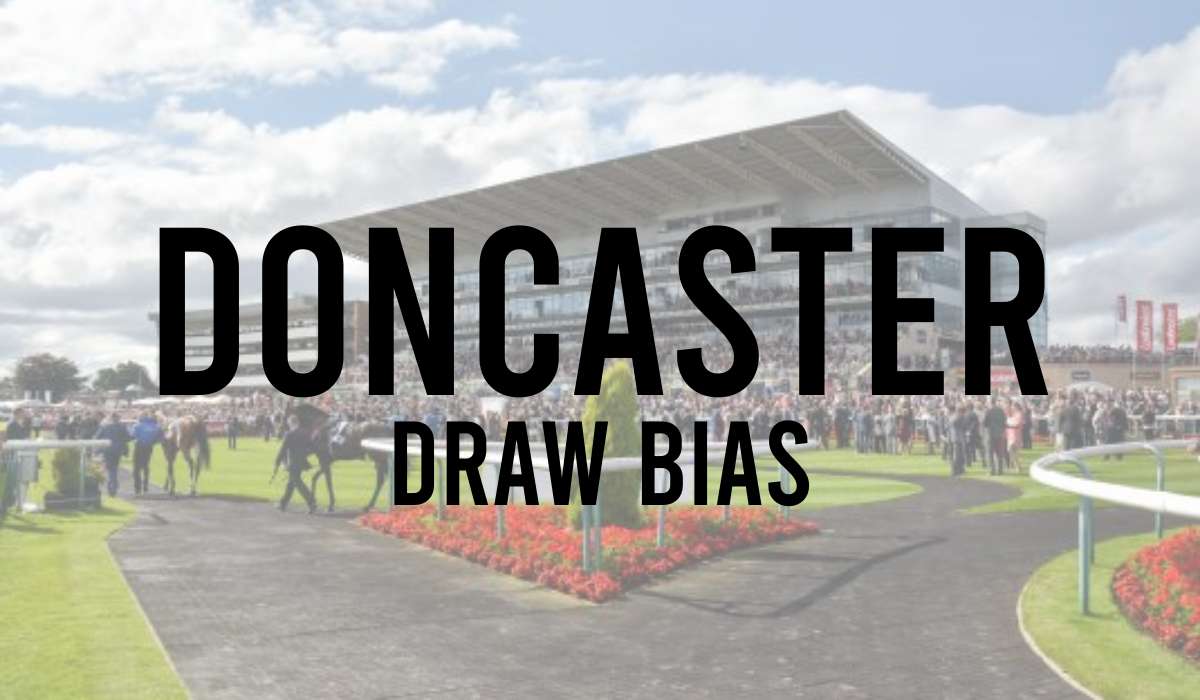
- Dundalk Draw Bias
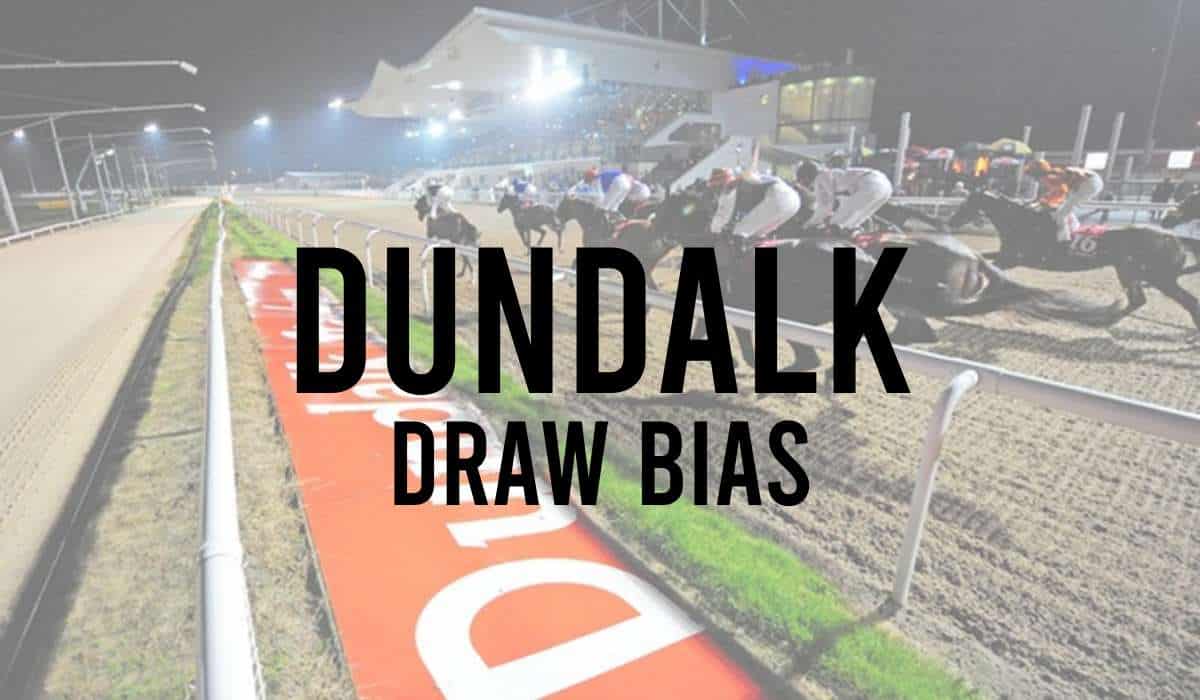
- Epsom Racecourse Draw Bias
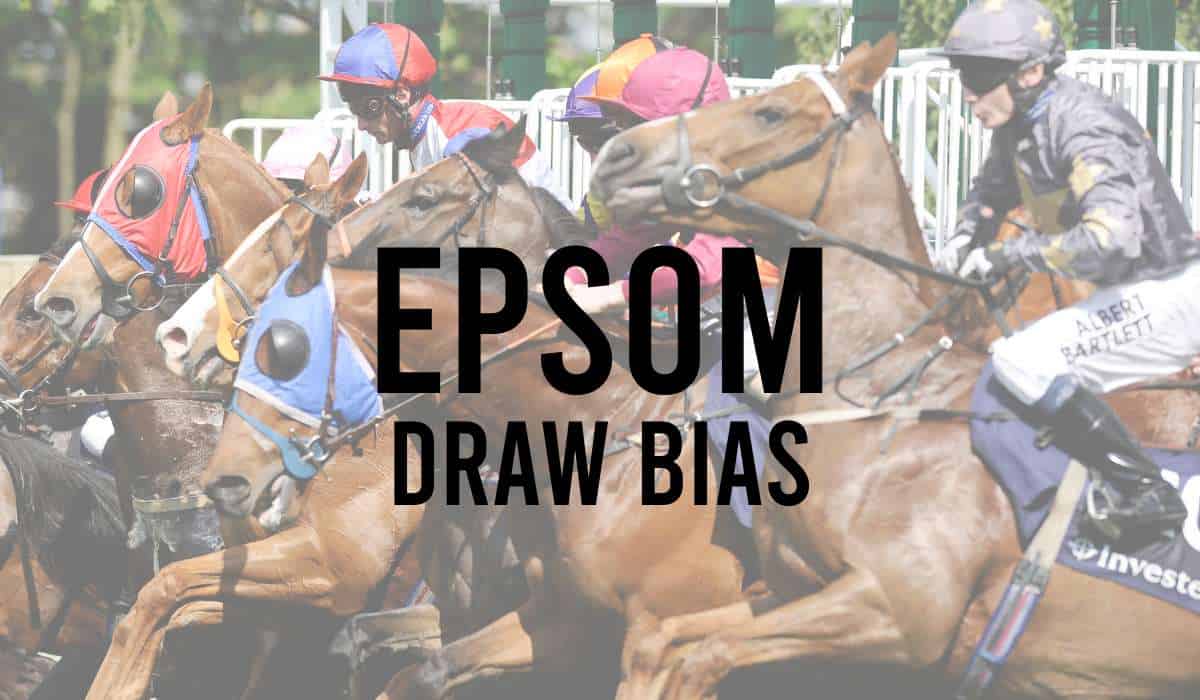
- Goodwood Draw Bias
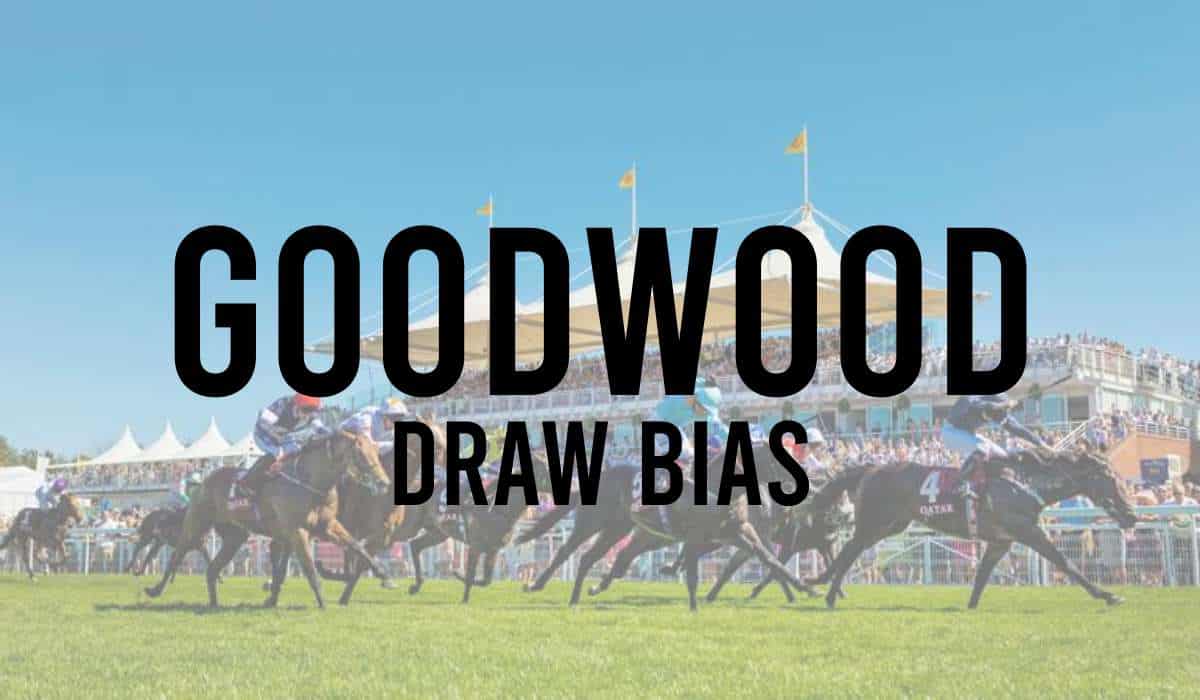
- Hamilton Draw Bias
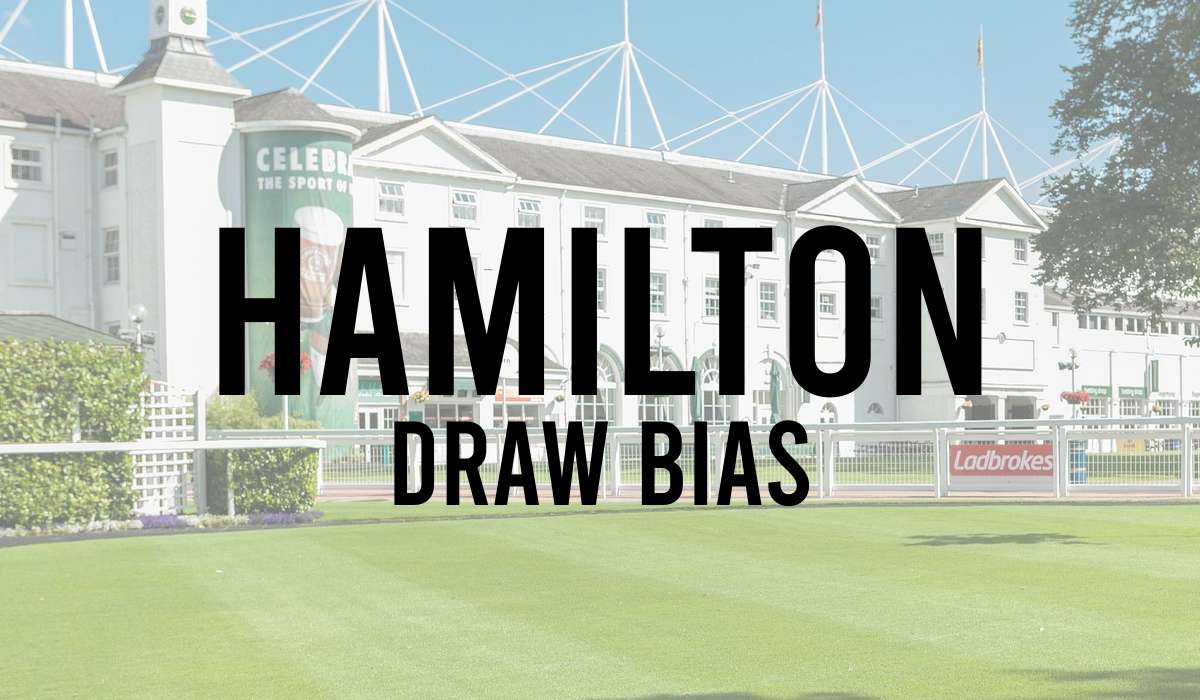
- Haydock Draw Bias
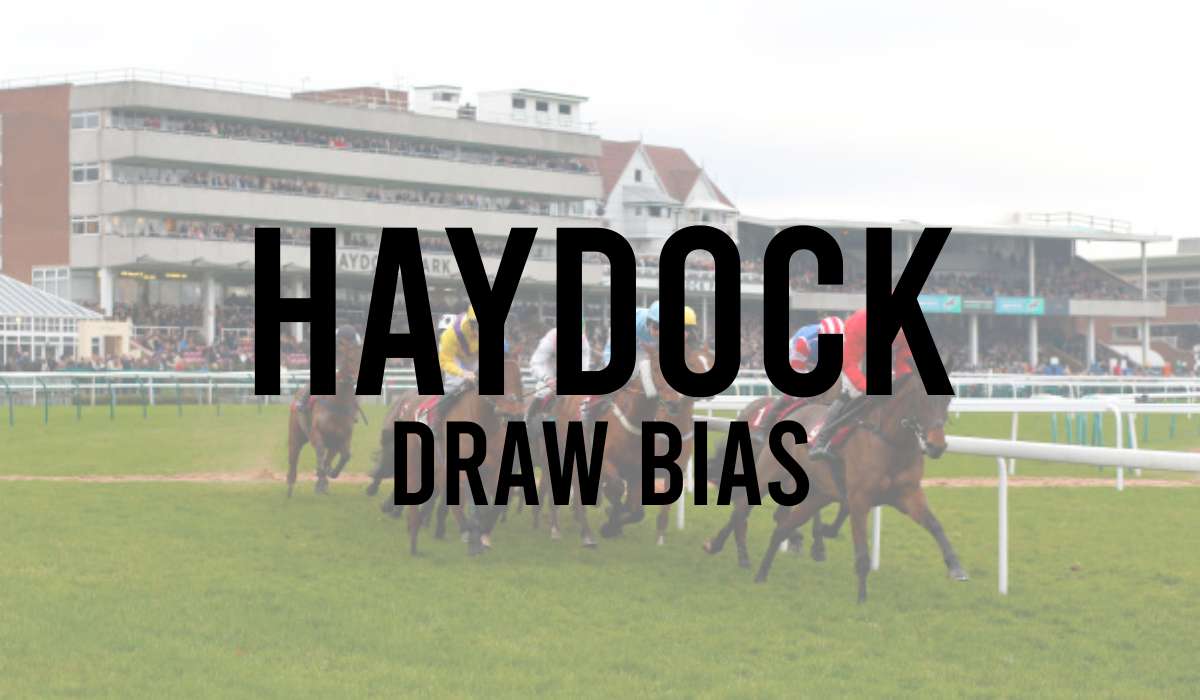
- Horse Racing Draw
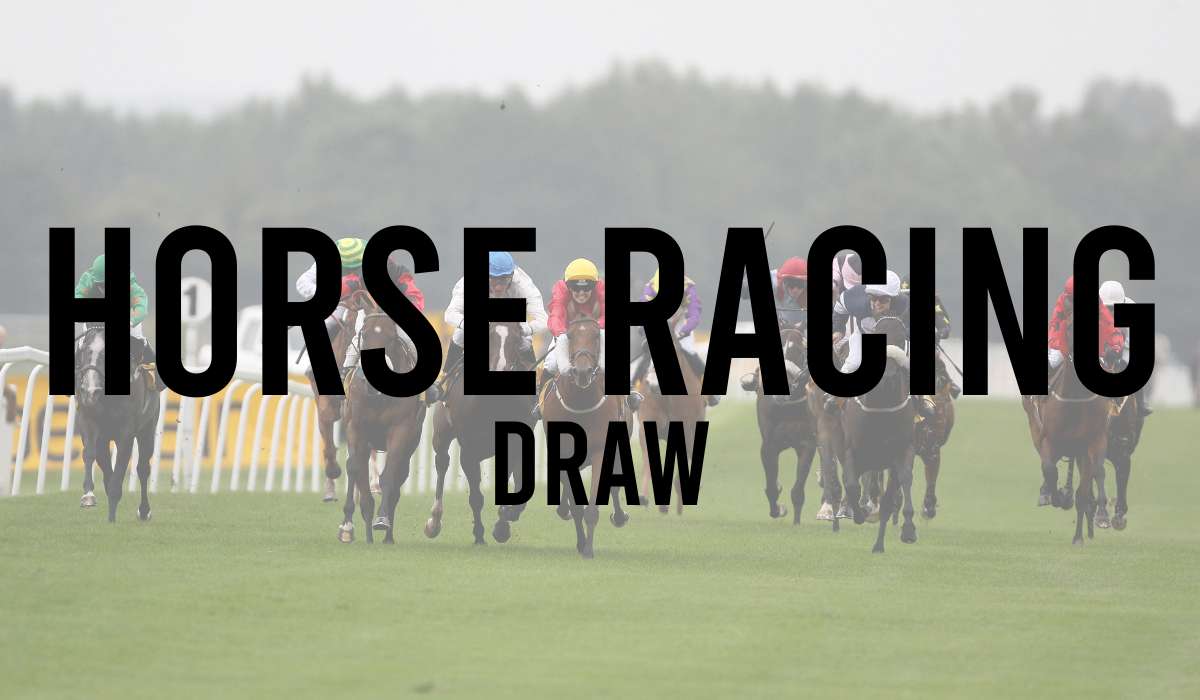
- Kempton Draw Bias
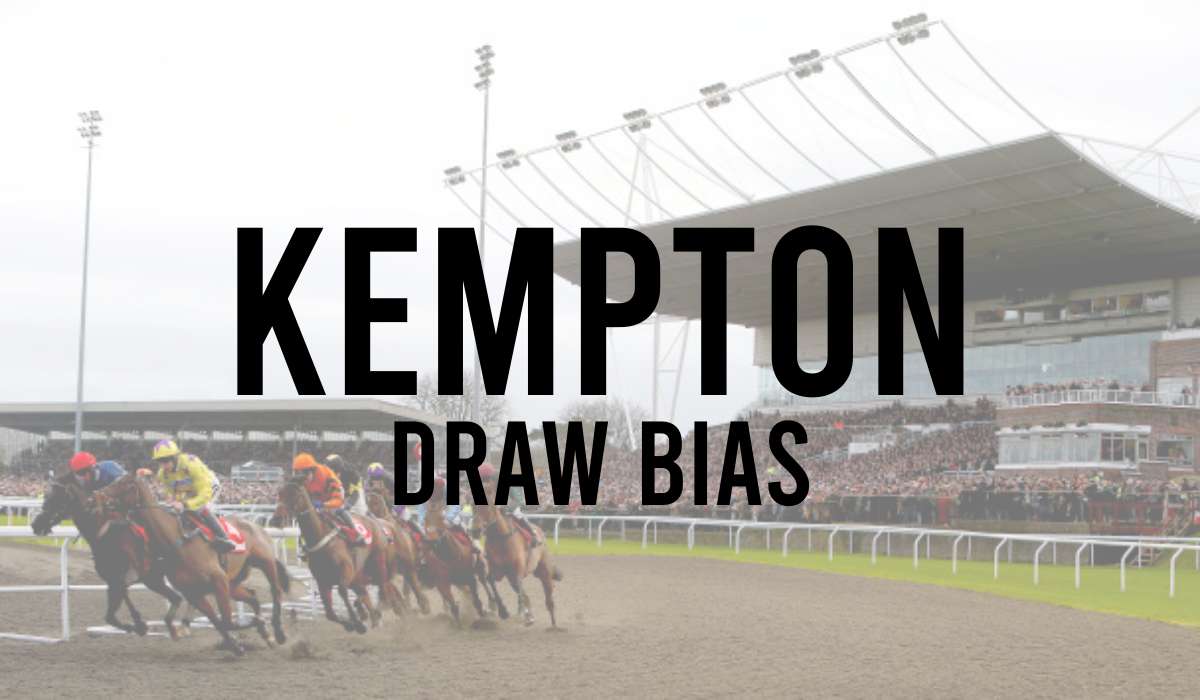
- Lingfield Draw Bias

- Musselburgh Draw Bias
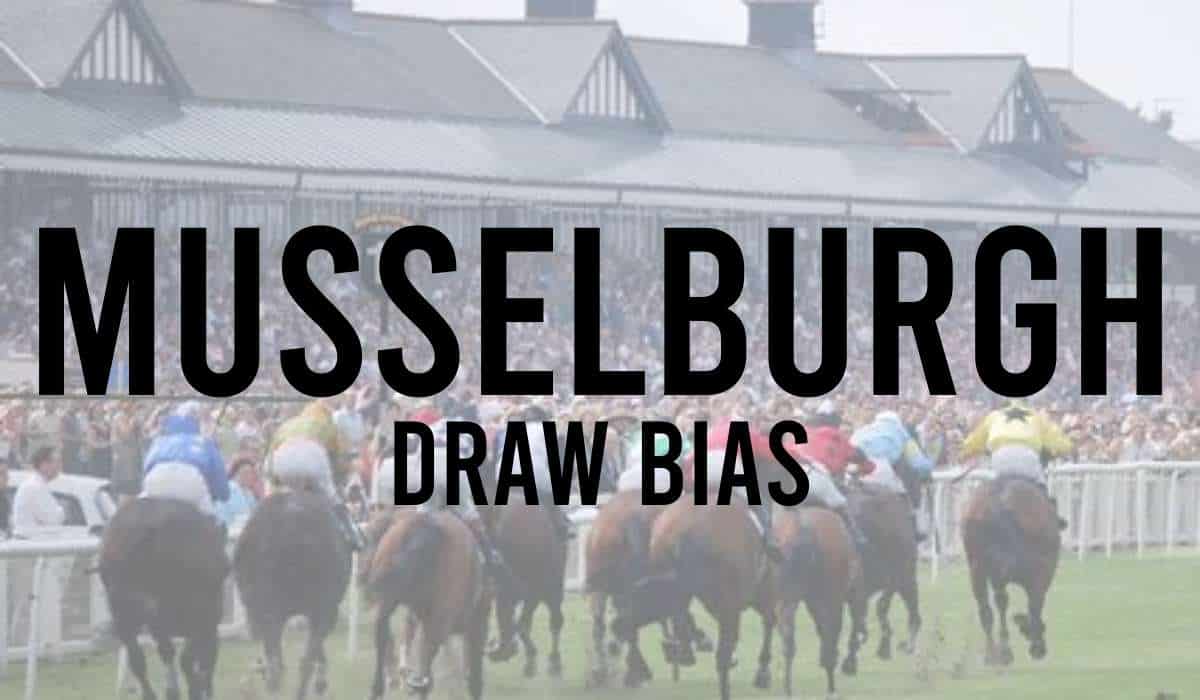
- Newbury Draw Bias
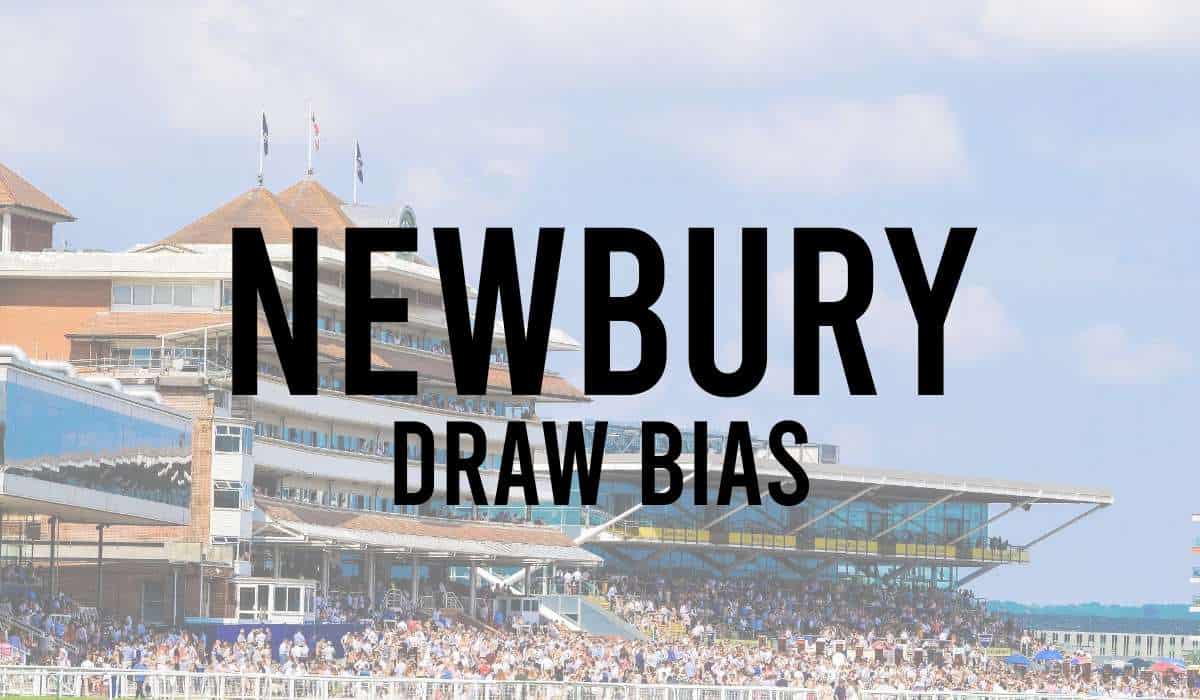
- Newcastle Draw Bias
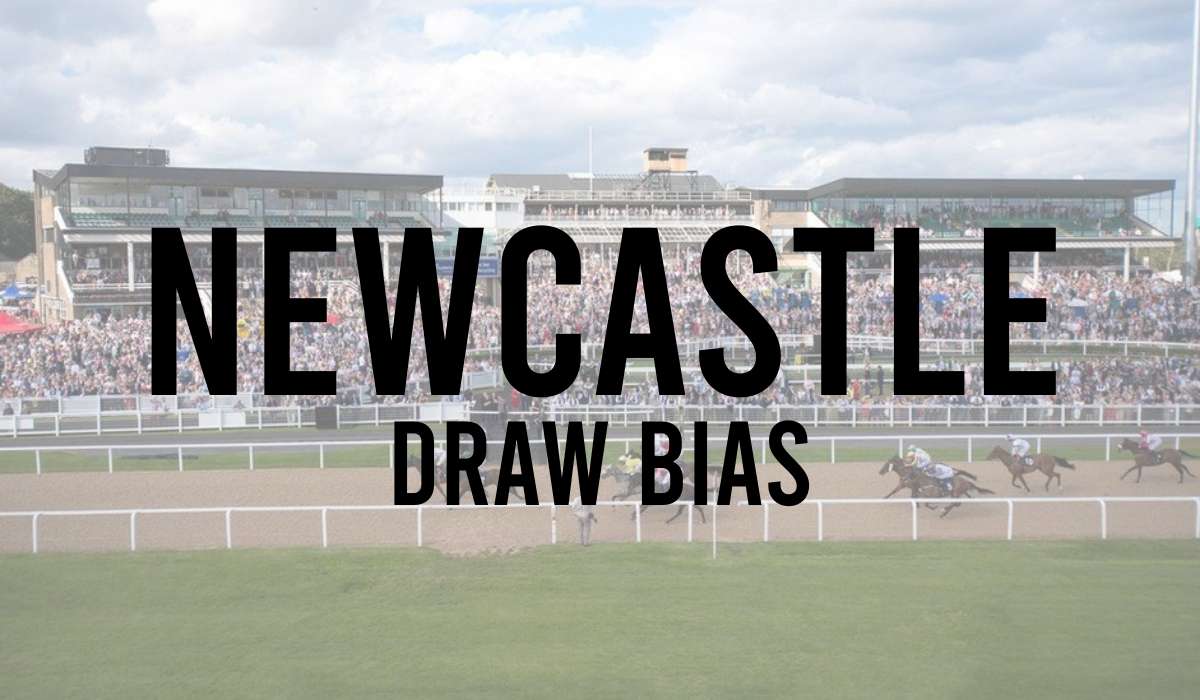
- Newmarket July Course Draw Bias
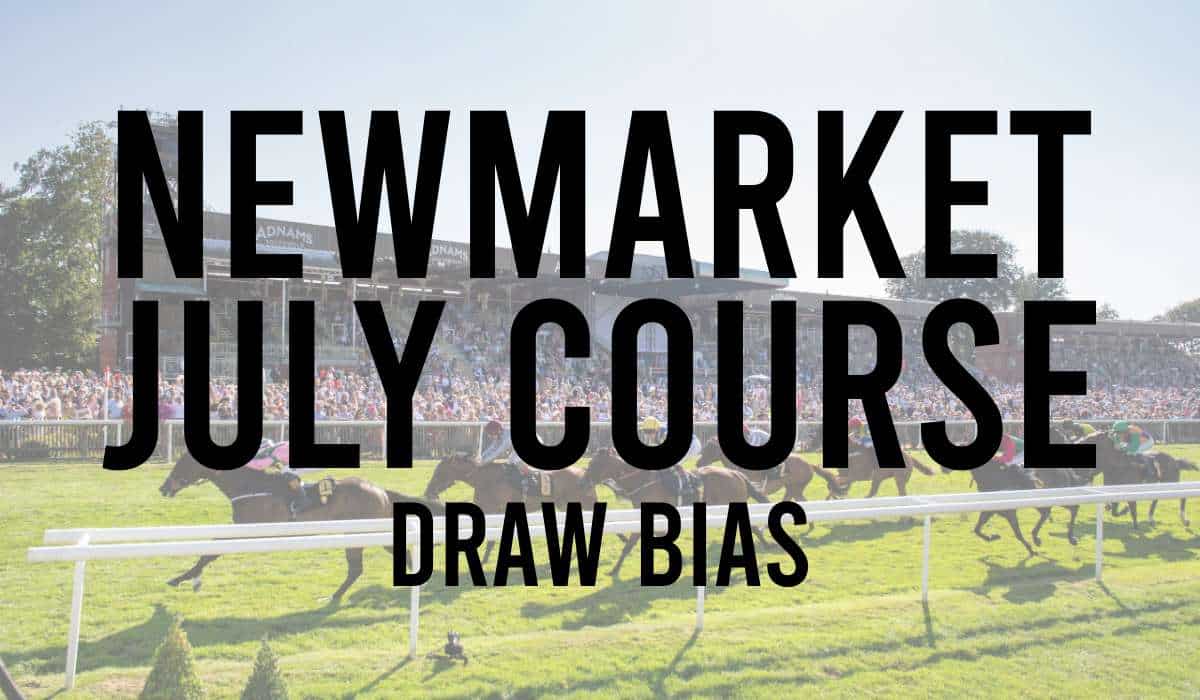
- Newmarket Rowley Mile Draw Bias
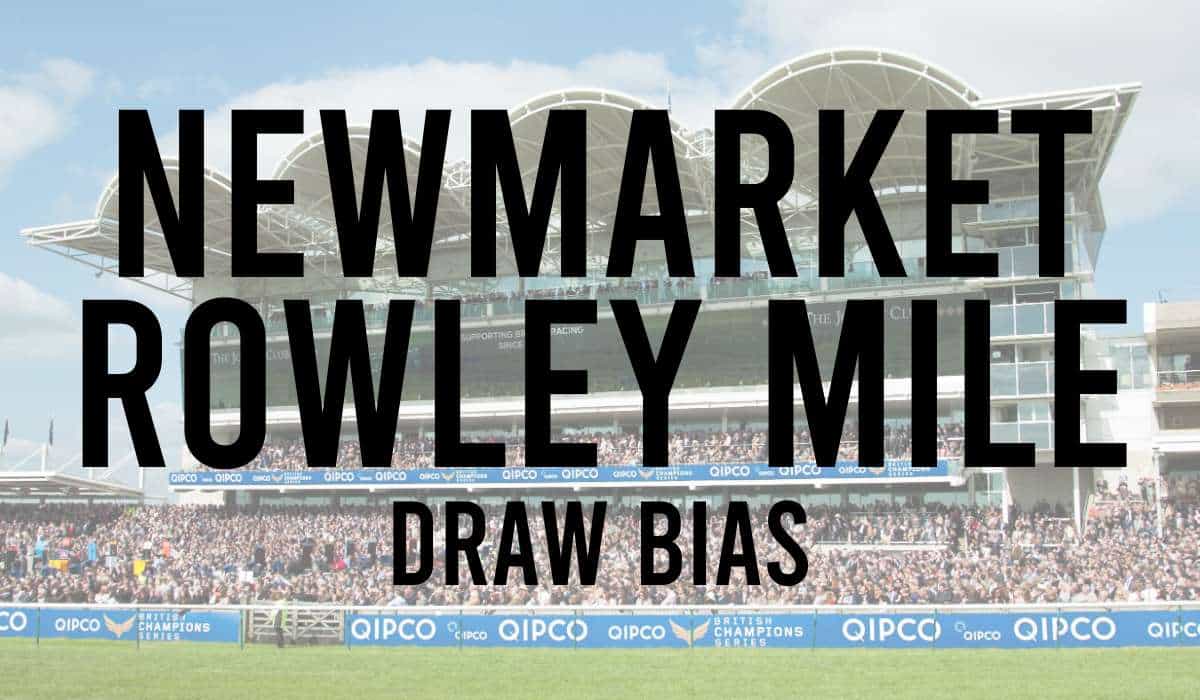
- Nottingham Draw Bias
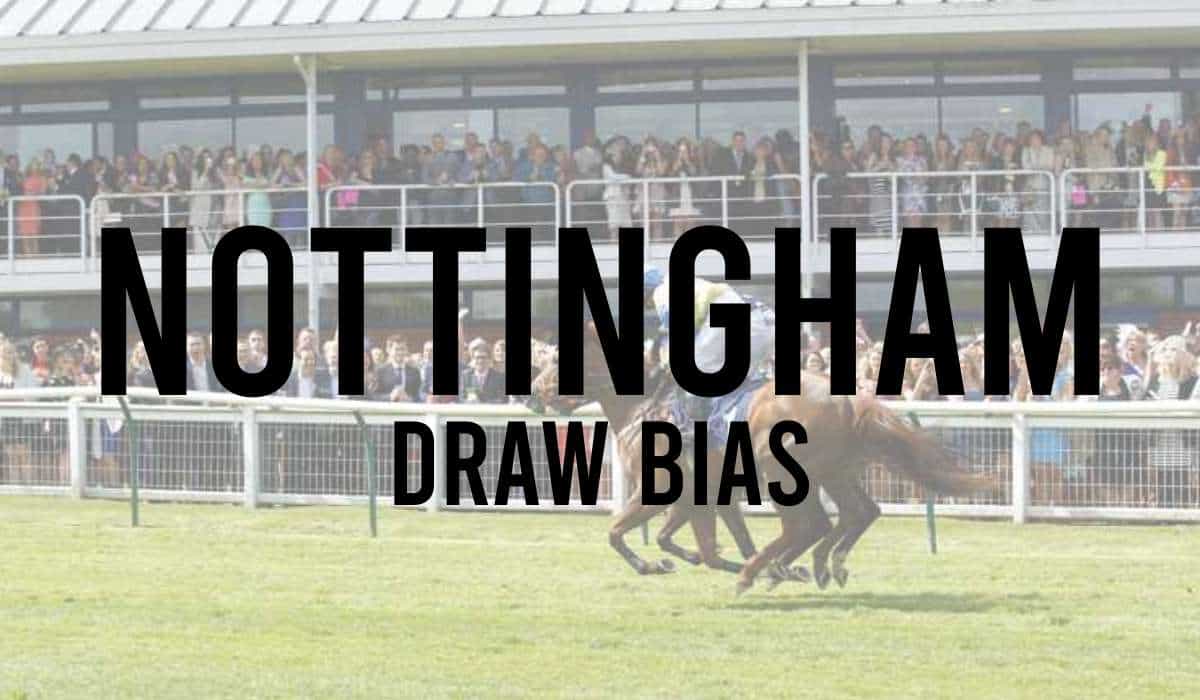
- Pontefract Draw Bias
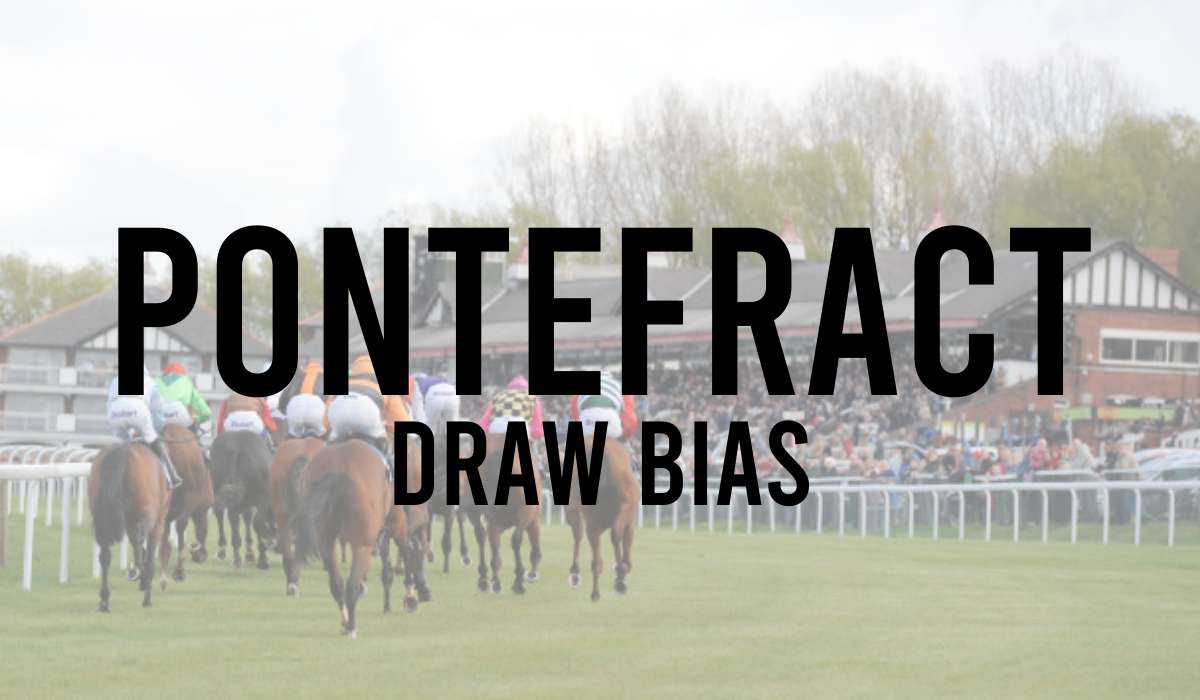
- Redcar Draw Bias
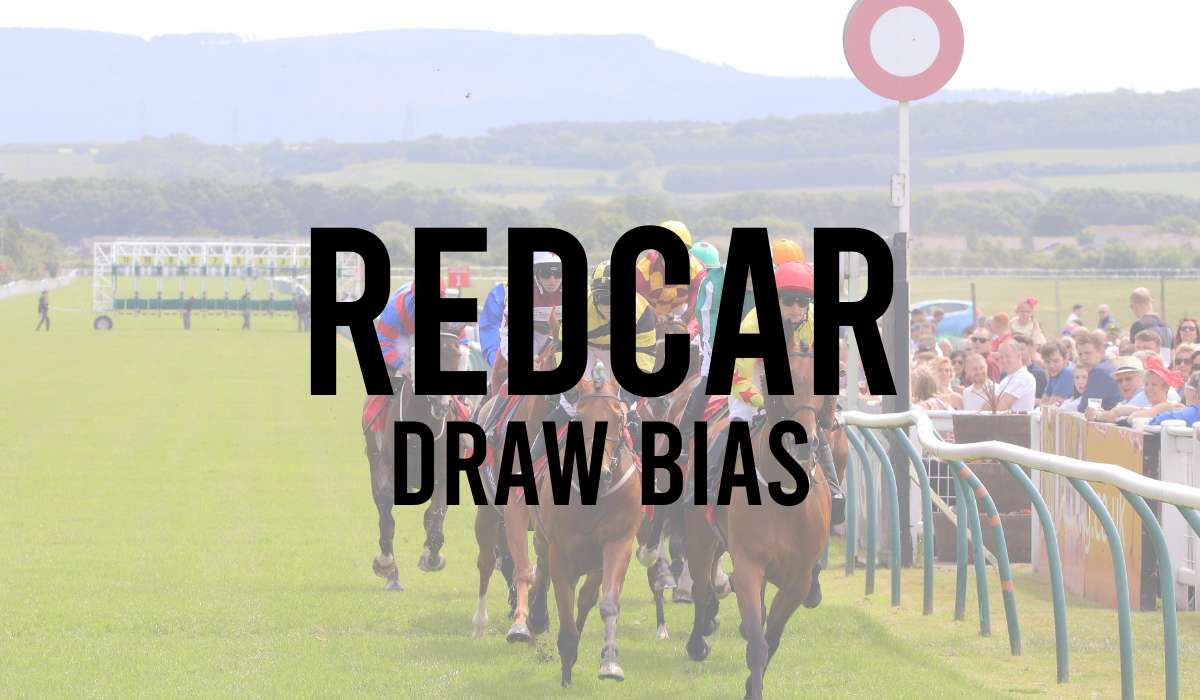
- Ripon Draw Bias

- Salisbury Draw Bias
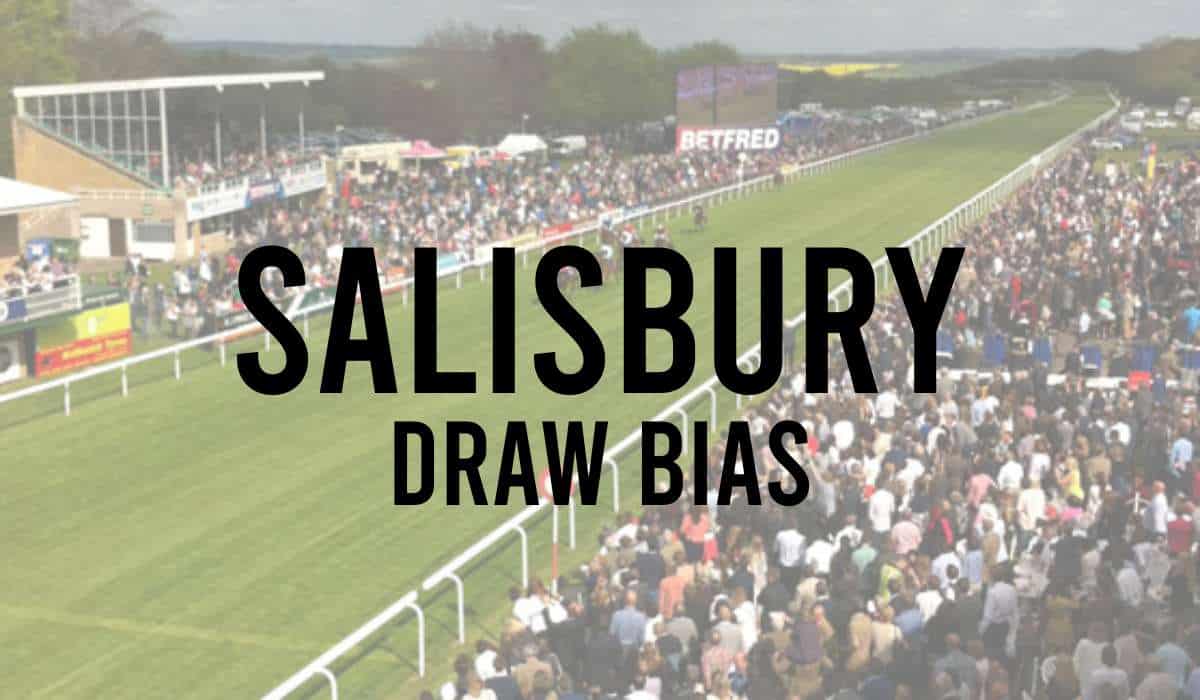
- Sandown Draw Bias
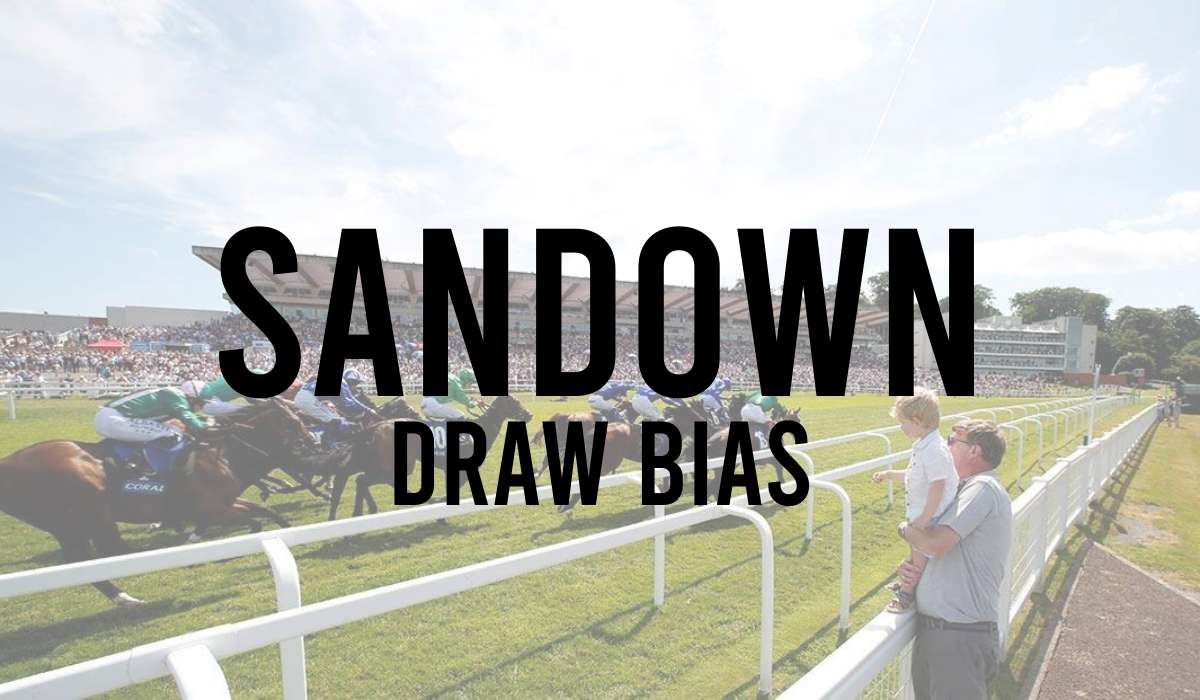
- Sligo Draw Bias
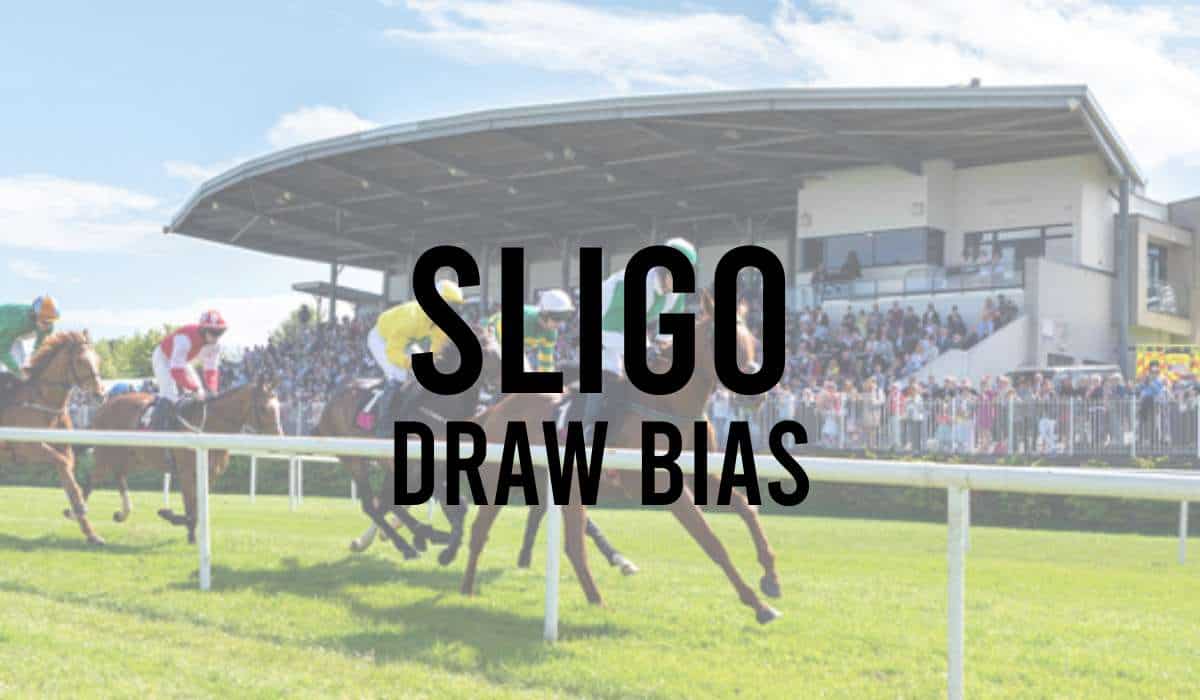
- Thirsk Draw Bias
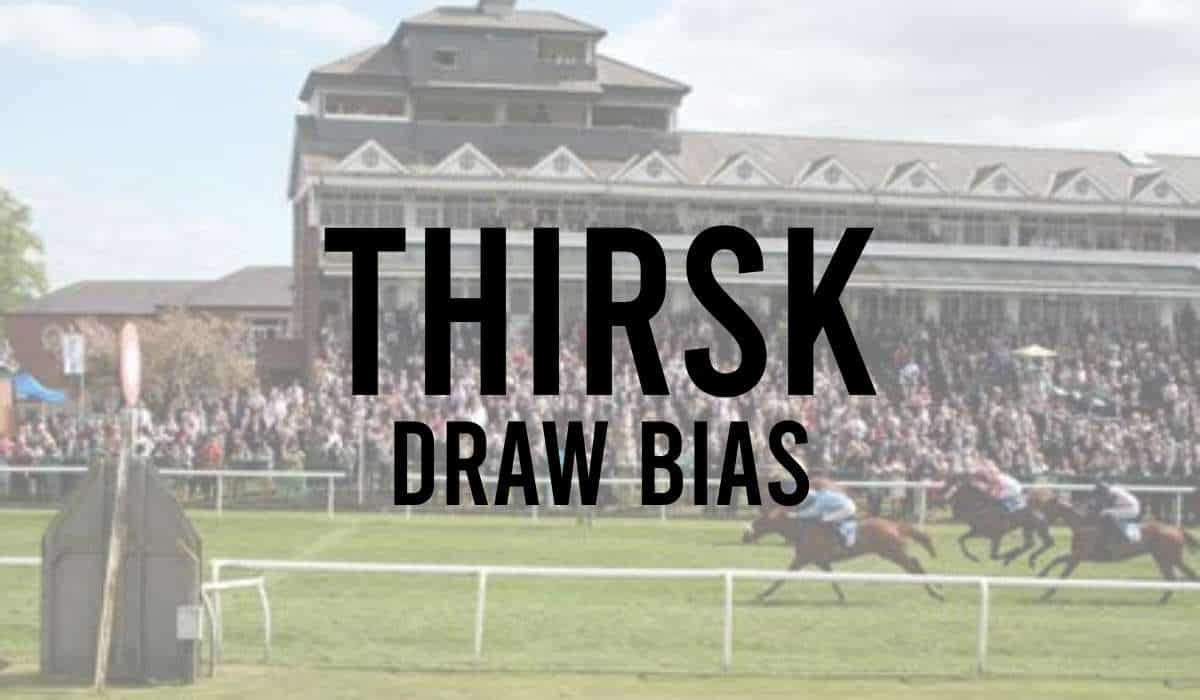
- Windsor Draw Bias
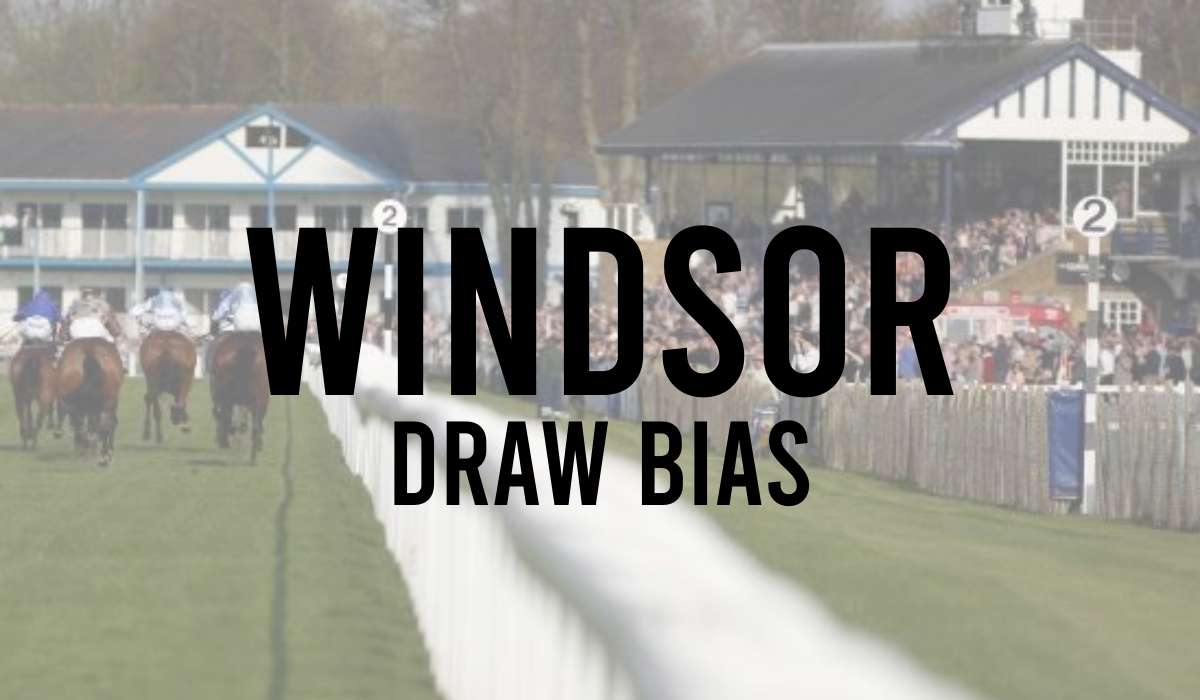
- Wolverhampton Draw Bias
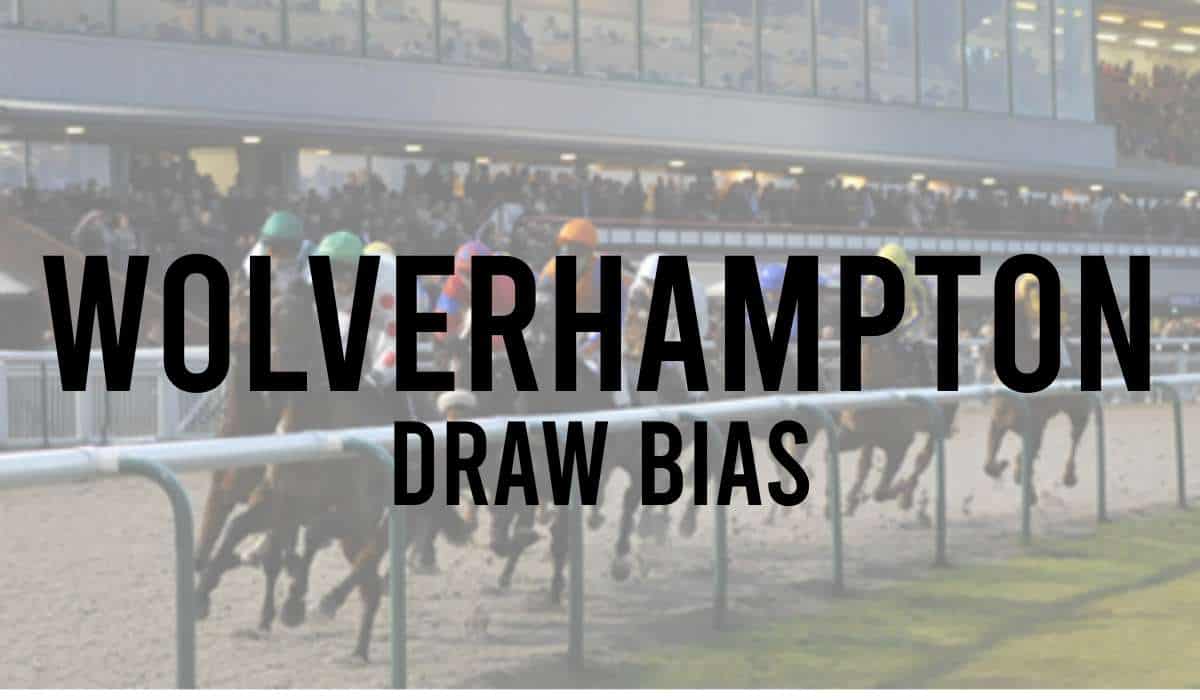
- York Draw Bias
